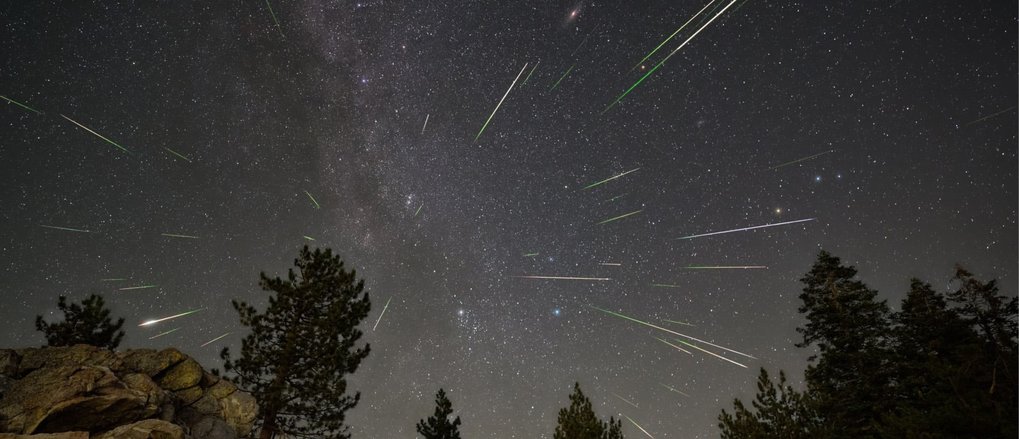
Introduction
The Perseid meteor showers are one of the most anticipated astronomical events each year, captivating stargazers across the globe. Occurring annually from mid-July to late August, these shooting stars are a result of Earth passing through the debris left by the Swift-Tuttle comet. Their brilliance and frequency make them one of the most popular meteor showers, particularly for amateur astronomers and families looking to enjoy a night under the stars.
Details of the 2023 Event
This year’s Perseid meteor shower peaked on the night of August 12 and early morning of August 13, 2023. During this peak, observers could witness up to 100 meteors per hour under optimal dark-sky conditions. However, due to a waxing gibbous moon, viewing conditions were somewhat hampered this year. Despite the moon’s brightness, many enthusiasts reported a successful viewing experience in rural areas with lower light pollution, especially those equipped with the right gear.
The Perseids are known not only for their quantity but also for their bright fireballs and colorful bursts, as these meteors can appear in shades of green, blue, or red. The meteors travel at speeds of approximately 60 kilometers per second, creating a spectacular display that has fascinated people for millennia.
Scientific Significance
The Perseid meteor shower is not just a visual spectacle but also provides scientists with valuable information about the Solar System. Every meteor that enters Earth’s atmosphere adds to our understanding of cometary material and the conditions that existed in the early solar environment. Ongoing studies of these meteorites can shed light on the chemical composition and behaviors of comets and potentially offer insights into the origins of water and organic materials on Earth.
Conclusion
The Perseid meteor showers remain a significant event for both casual observers and serious astronomers alike, drawing inspiration from the cosmos and reminding us of the vastness of space. As we look to future meteor showers, the Perseids will continue to be a focal point for educational programs and environmental initiatives aimed at protecting our night skies. With the next peak expected in 2024, it is wise for enthusiasts to prepare early for optimal viewing conditions, whether it involves travelling to rural locations or investing in high-quality telescopes and binoculars.



